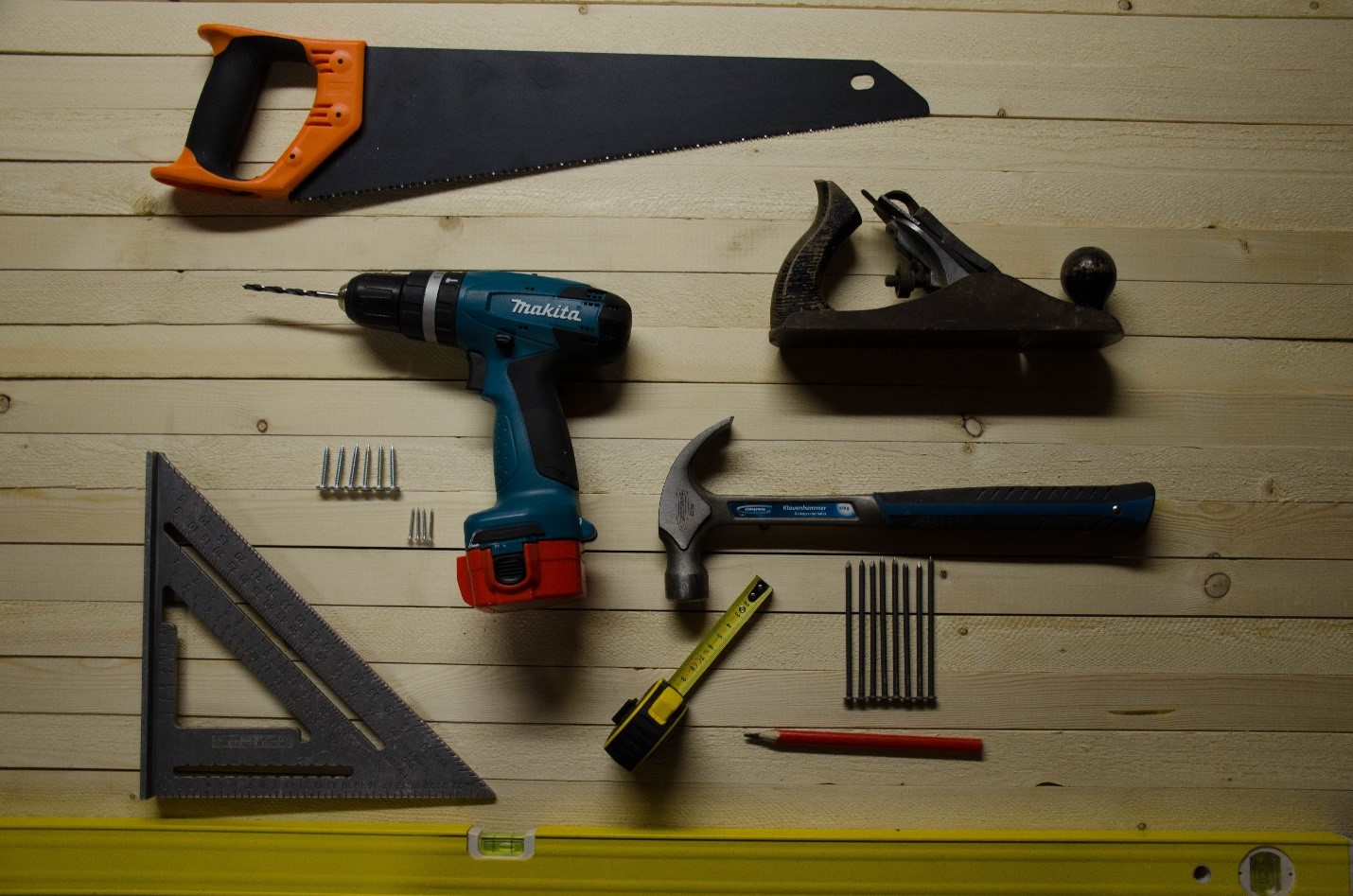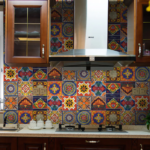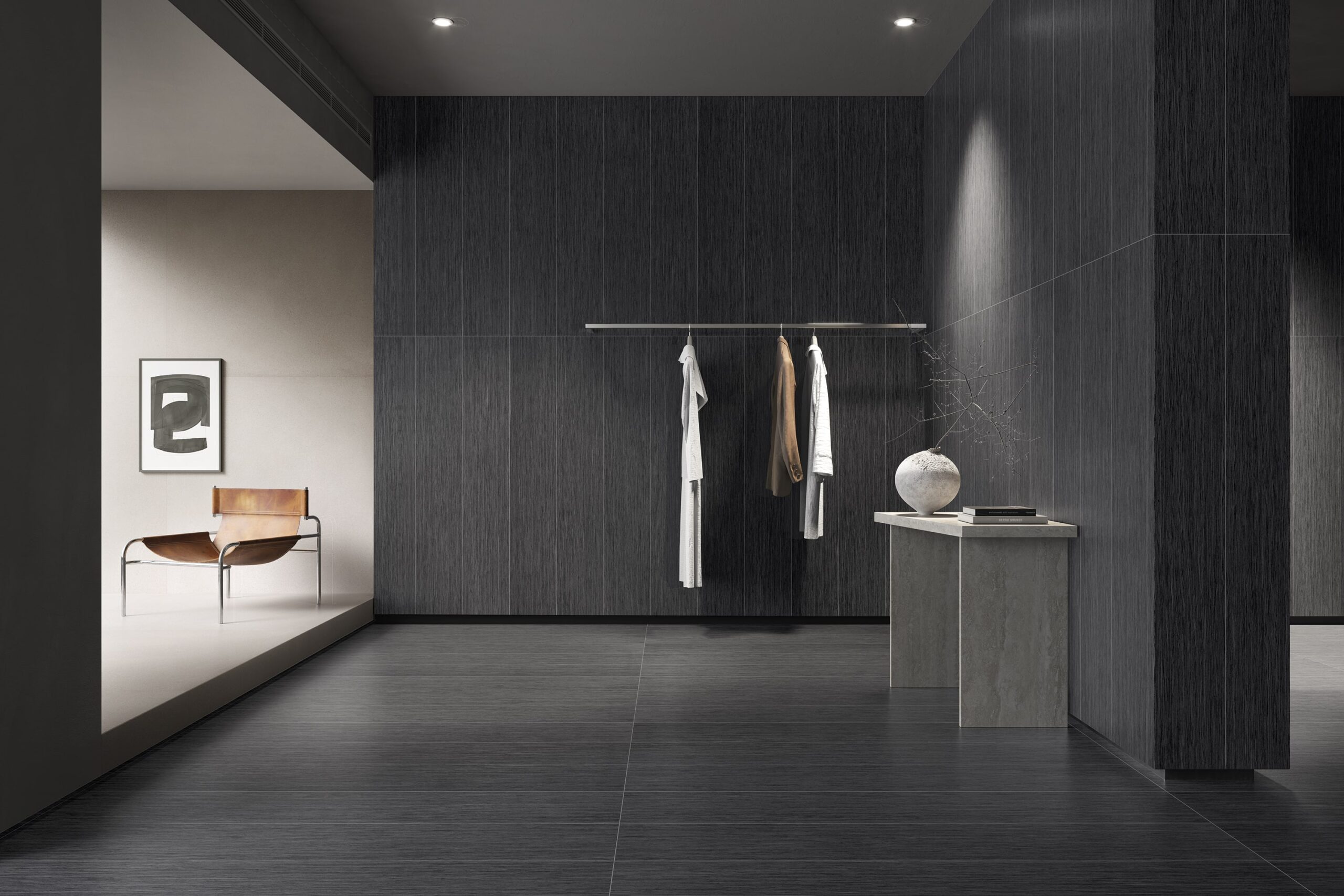Most of the houses built in North America are not constructed with the golden years in mind. Their design is made for the young and abled, and aesthetics too often come at the expense of accessibility.
It’s something you can go without thinking about for decades. But when the time comes, if your mobility is restricted, you may need to make some major renovations to continue to enjoy living in your home. Below, you’ll learn about some of the most common accessibility renovations.
#1 Widening Doorways
If you rely on a wheelchair or a walker, widening doorways could be an essential remodeling task in order to even get through them. Doorways are not always built with that kind of width in mind, especially if you live in a century home.
#2 Remodelling the Bathrooms
Re-doing the bathroom is another essential. You may need to install things like grab bars so you can transfer from a wheelchair to the toilet, a walk-in bathtub so that you can get into the shower or tub, and non-slip flooring to reduce your risk of falling.
#3 Replacing Door Knobs
Arthritis or decreased motor skills can make door knobs difficult to use. Replacing door knobs with levers is a small but important renovation that can make life that much easier. Lever door knobs only cost about $20 each, so they’re one of the more affordable changes you can make to your home.
#4 Wheelchair Ramps
A wheelchair will significantly change how you use your home, starting at the front door. A chair lift or elevator for interior stairs can also help you keep using the entirety of your home, even if it’s two storeys.
#5 Kitchen Countertops
Love to cook but find it difficult to use your kitchen? Many seniors find that they want to lower their kitchen countertops. Usually just 4 inches makes a huge difference and allows even wheelchair users to prepare food.
Senior Housing Options
Home renovations can be a lot of work. They’re expensive – the average disability remodel costs $9,000 but can go as high as $40,000 or more for complete renovations that will make your kitchen and bathrooms accessible. It can also disrupt your home for months on end. You may be wondering why you should bother spending so much money on a house that’s mostly empty.
Downsizing might be a better option for you and your partner. There are several seniors housing options for your family if you think a move is best, including a smaller, already-accessible condo or independent senior living residences. The latter option can provide you with the peace of mind of knowing you can remain there and age in place comfortably. Today, many independent senior living residences have flexible care, including memory care, so that you can live an independent lifestyle with the confidence of knowing care is there if and when you should need it.
The decision is one that you should make with your family. Discuss your options with your partner as well as your kids.
Related Posts

Loves home. I am here to provide how to make your home a much better place. 🙂 Blogging about HomeDecor, Home Improvements and more.











